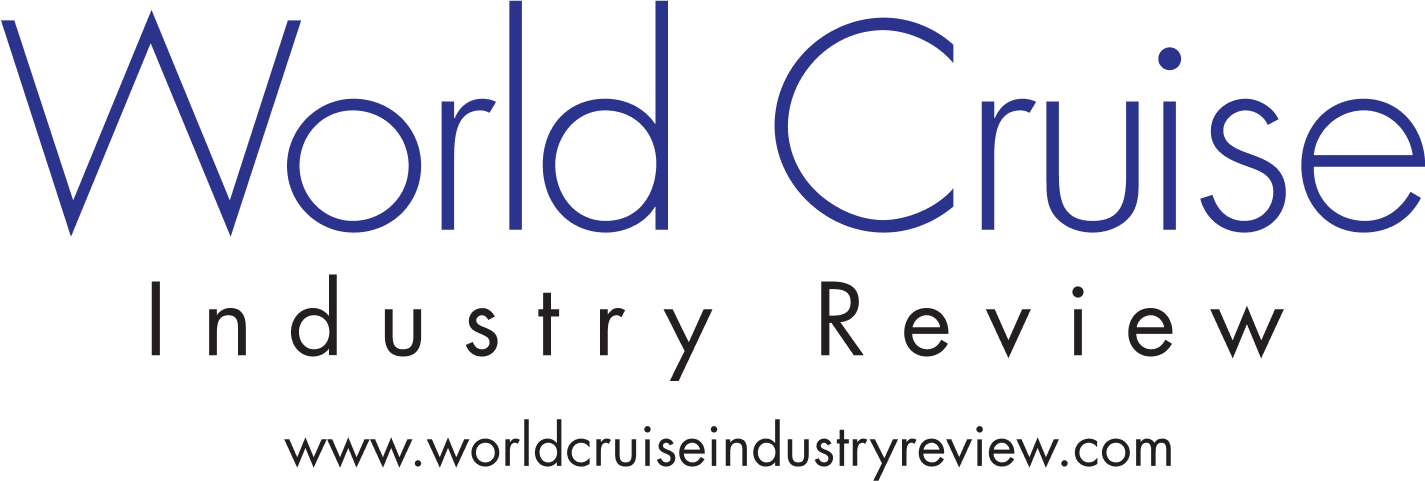The Greek shipping company is putting the Bremen water specialists’ intelligent Clean Bilge Monitoring System through a three-month practical test. The results obtained will be used in the development of additional features.
TMS Tankers and RWO Veolia have signed a cooperation agreement to test the new CBM-LINK system, which has just been successfully presented and attracted a great deal of interest at SMM, the world’s leading maritime trade fair. Starting in December 2018, a tanker will be conducting the first tests of the system on the high seas for a period of three months. CBM-LINK is an intelligent Clean Bilge Monitoring System designed to help make on-board water treatment significantly more efficient and cost-effective. The system comprises the two CBM and LINK systems that fit seamlessly together.
CBM acts as the final control mechanism before bilge water is discharged. The compact system has a 3-way valve, which allows the inflow of treated bilge water and water that is normally uncontaminated, such as condensate from air conditioners. The system independently monitors whether, as prescribed by IMO Resolution
MEPC 107 for particularly sensitive sea areas (PSSA), maximum oil content of 0, 5 or 15 ppm in the water being discharged is complied with and automatically transfers it either directly overboard or to the bilge water tank for further treatment. This significantly reduces the quantity being treated by the bilge separator. Additional assurance is provided by a 2-point measurement of oil content. All modes of operation, valve positions, system configurations, ppm levels and OMD information can be visualised and read via digital and analogue interfaces. The system is tamper-proof and prevents the deliberate or unintentional unlawful discharge of contaminated water. Ship operators can thus avoid horrendous fines.
LINK is a software system which provides detailed information about the operation of the system as well as the composition of the bilge water. The information can be visualised in real time, enabling timely adjustment of system modes. Connected to the ship’s communication system, the system is able to access GPS coordinates. Based on the data collected during the test phase, future features will be developed to further optimise operation of the system. In 2019, for example, it should be possible for LINK to independently determine when filter changes are necessary, making planning for maintenance work considerably more efficient and minimising operating costs and downtime.

